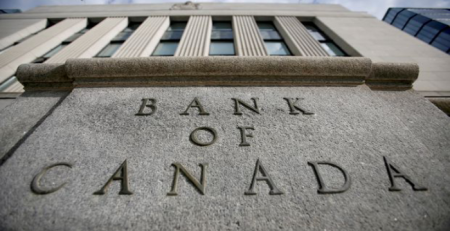How will the new ‘Stress Test’ impact you?
Chana Charach, MB
Today’s home buyer will be looking at lower purchase price limits now that the new ‘stress test’ has taken effect. At this point it is impossible to say with absolute clarity what the impact of this change will be.
It is estimated that the new ‘stress test’ will reduce the amount of mortgage that borrowers qualify for by about 20 – 30%. This will have a significant effect on first time buyers because it will be harder to get insured mortgages (less than 20% down payment), but even if a buyer is able to make a larger down payment the stress test will apply with many lenders.
Reduced buying power is particularly tough in Vancouver and Toronto where affordability is already tight for many buyers. Essentially this brings an end to a two-tier system where some mortgages were weighed differently against the buyer’s income to see whether the mortgage is affordable. Weather a borrower requires a high ratio mortgage or a conventional mortgage things just got tougher. Here is a brief overview of the new changes:
THE ‘STRESS TEST’ FOR HIGH RATIO (less than 20% down payment) – Effective October 17, 2016
To qualify for a a 5 year fixed mortgage, a very popular choice with Canadian mortgage borrowers they must pass the ‘stress test’. Rather than qualifying at today’s ultra-low rate they must qualify at the Bank of Canada posted rate which is 4.64%.
- NEW RULES: For insured mortgages (less than 20% down payment), home buyers must qualify at an interest rate ‘the greater of their contract mortgage rate or the Bank of Canada’s conventional five-year fixed posted rate’ (currently 4.64%).
The announced measure applies to new high-ratio mortgage insurance applications received on October 17, 2016 or later. This measure will not apply to high-ratio mortgage loans where, before October 17, 2016: a mortgage insurance application was received; or, the lender made a legally binding commitment to make the loan; or, the borrower entered into a legally binding agreement of purchase and sale for the property against which the loan is secured. Homeowners with an existing high-ratio insured mortgage, including those renewing or transferring an existing high-ratio insured mortgage to another lender, are not affected by this change as high-ratio mortgage insurance spans the life of the mortgage.
THE ‘STRESS TEST’ FOR CONVENTIONAL – (20% down payment or more) – Effective November 30, 2016
Unlike high-ratio mortgages (less than 20% down payment), low-ratio conventional mortgages are not required by law to carry mortgage default insurance. However, behind the scenes many Canadian lenders insure their low-ratio mortgages to lower their risk, facilitate securitization or reduce their capital requirements. The borrower does not pay for this insurance so most people are unaware of this practice.
These low ratio borrowers must now qualify using the ‘stress test’ and meet the following stringent and restrictive criteria, that previously only applied to high ratio borrowers (less than 20% down payment):
- A maximum amortization 25 years
- The property value must be below $1,000,000
- Borrower must have a minimum credit score of 600
- A maximum Gross Debt Service ratio of 39 per cent and maximum Total Debt Service ratio of 44 per cent, calculated by applying the greater of the mortgage contract rate or the Bank of Canada conventional five-year fixed posted rate
- If the property is a single unit, it must be owner-occupied (No rental properties)
There are a limited number of mortgage lenders that currently do not back-end bulk insure at this time therefore they may not follow these guidelines. We expect that they too will adopt the new rules or at least tighten up qualification in the near future. These changes will not apply to low-ratio mortgage loans where, before October 17, 2016: a mortgage insurance application was received; or, the lender made the loan or made a legally binding commitment to make the loan; or, the borrower entered into a legally binding agreement of purchase and sale for the property against which the loan is secured.
The new low-ratio mortgage insurance eligibility requirements also do not apply if, during the period beginning on October 17, 2016 and ending on November 29, 2016, at least one of these three criteria is met and the loan is funded before May 1, 2017.
All information provided herein may change without notice. For full and specific details please consult appropriate government agency, your mortgage broker, lawyer and real estate agent.











